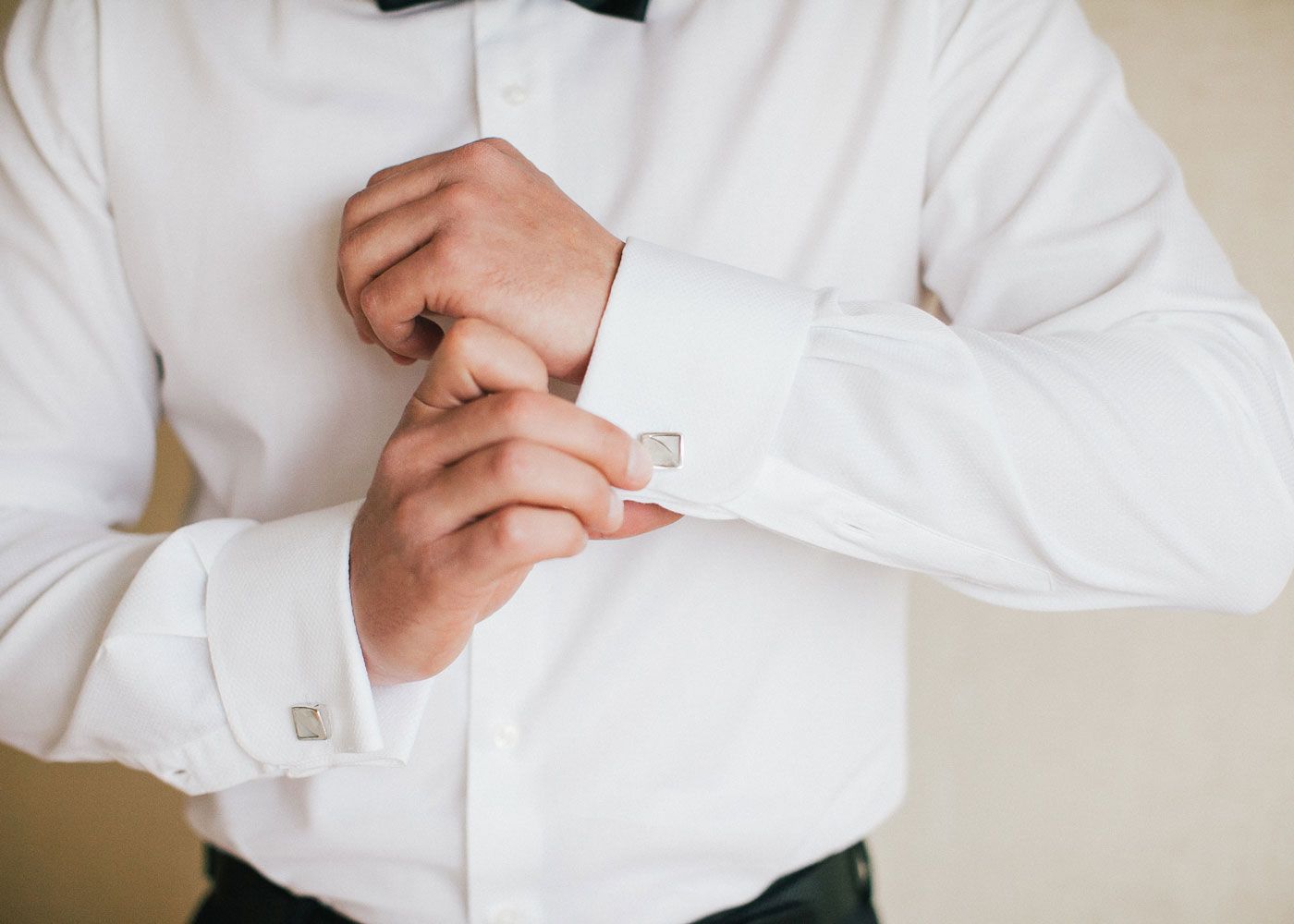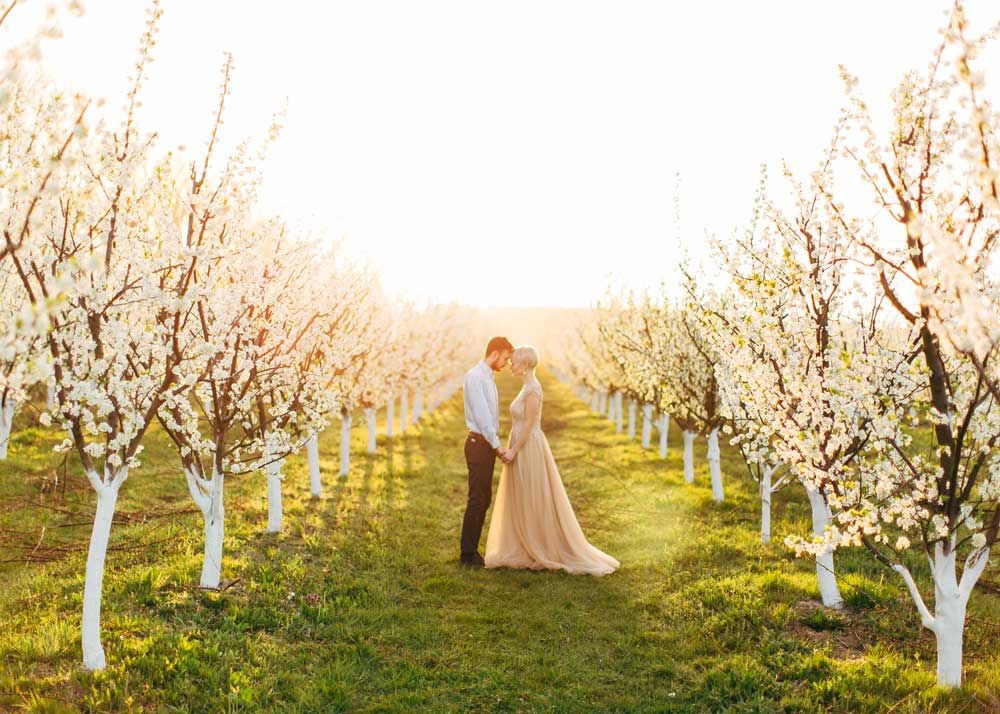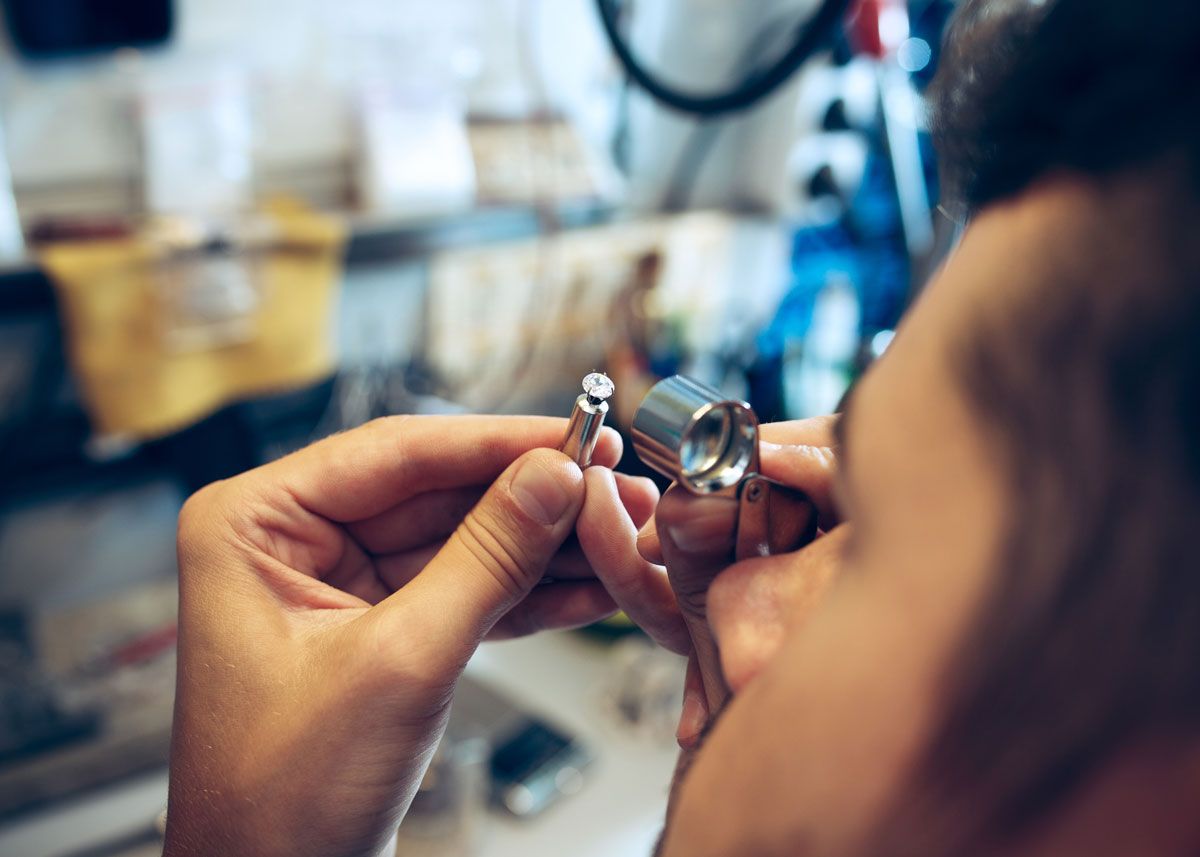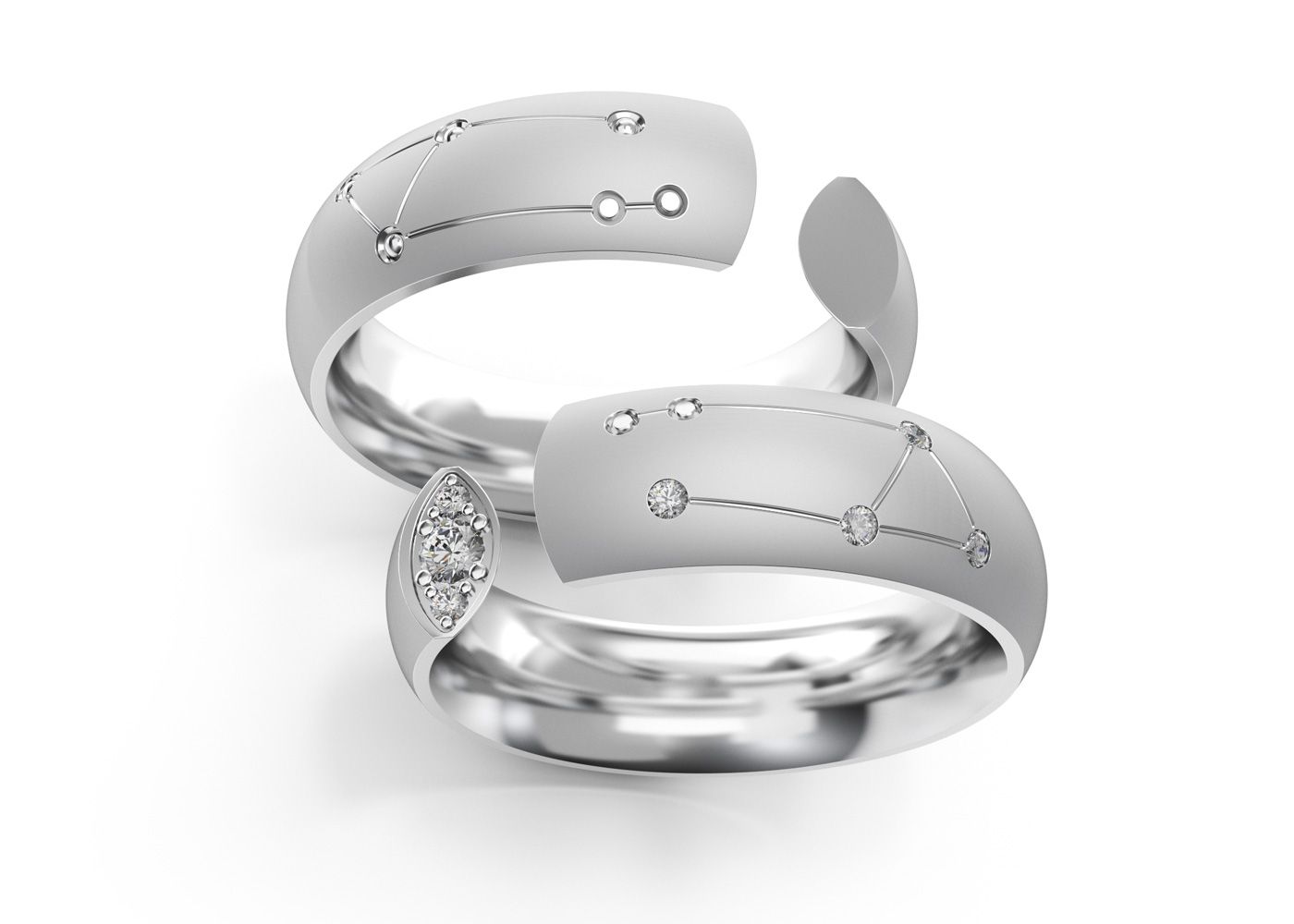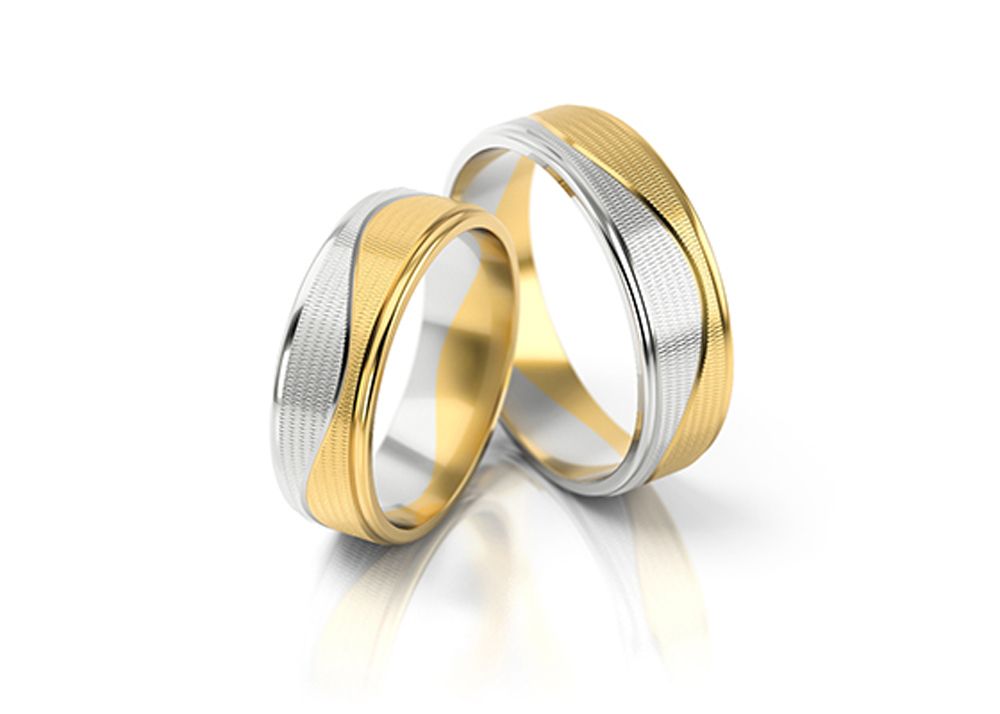Grooms, It’s Your Day, Too
- Long Description (for category page): Your wedding is a celebration of two people, and the groom deserves a wedding band that is as authentic and expressive as he is.
There’s a tendency to think of weddings as the bride’s day. This is true to some degree; the bride gets the most extravagant outfit, and she tends to make most of the decisions regarding venue, decorations, dress code, menu, and the like. Some grooms welcome this perspective, content to simply show up in a tuxedo and stand wherever they’re told.
A wedding, however, takes two. It should be as much the groom’s day as the bride’s. There’s nothing wrong with wanting to take a larger role in wedding planning, or at least wanting your part of the proceedings to feel authentic to you.
Your wedding is a celebration of the union of two people, and your wedding bands are the symbol of that union. The same care and attention to detail that goes into making the wedding the perfect expression of your personalities should go into the design of your wedding bands. That goes for the groom as much as for the bride. It’s your day, too! Put your favorite food on the menu. Get some of your favorite songs into the DJ’s playlist. And most importantly, design a ring that will remind you of who you are and who you want to become as you build a life with your new spouse and new family.
Whether you and your spouse design matching rings or you opt for individual personalized rings, the wedding band can serve as a platform for self-expression. It is, after all, something you’ll be wearing every day, no matter where you go, so it should be something you feel comfortable and confident wearing.
Choosing matching or individual bands comes down to how you and your spouse view your relationship. Do you want your wedding to represent the moment where you break with your old identity and come together as one? Or do you want to stay true to yourself even as you devote your life to someone else? This should be part of the discussion as you plan your wedding and shop for wedding bands. Getting on the same page will help you not only plan the perfect wedding and design a wedding band to match, but also define who you are and who you will become in the first years of your marriage as you live together, experience life together, and grow together.
You can get the best of both worlds—matching bands showing your unity as a couple, and personalized bands showing your individuality—by sharing some design elements in common and personalizing others. Our Two-Tone collection is great for this. You might design both rings with a polished yellow gold half, the traditional wedding band metal, but the other half will be just for you. Maybe she opts for polished peach gold and diamonds, while you choose satin-brushed platinum. Half traditional, half personal.
For couples with an even more adventurous sensibility, we will soon have a brand new collection of tantalum rings available. Tantalum is a rare and durable metal with a smoky, dark gray appearance unlike any other metal, similar in weight and durability to platinum. With a polished finish, it radiates a mysterious, refined elegance, while the kinds of surface textures we offer bring out different characteristics: strong, enduring, natural. We’re so excited about it we just had to tease it here. We’ll be debuting this collection in the coming weeks, adding to our growing collection of unique and unusual ways to express your love.
Your wedding day is not just about the bride. It’s a day to celebrate all you do for your spouse and your family, too. So celebrate yourself with a custom wedding band that speaks to your unique personality.
- Hits: 54
